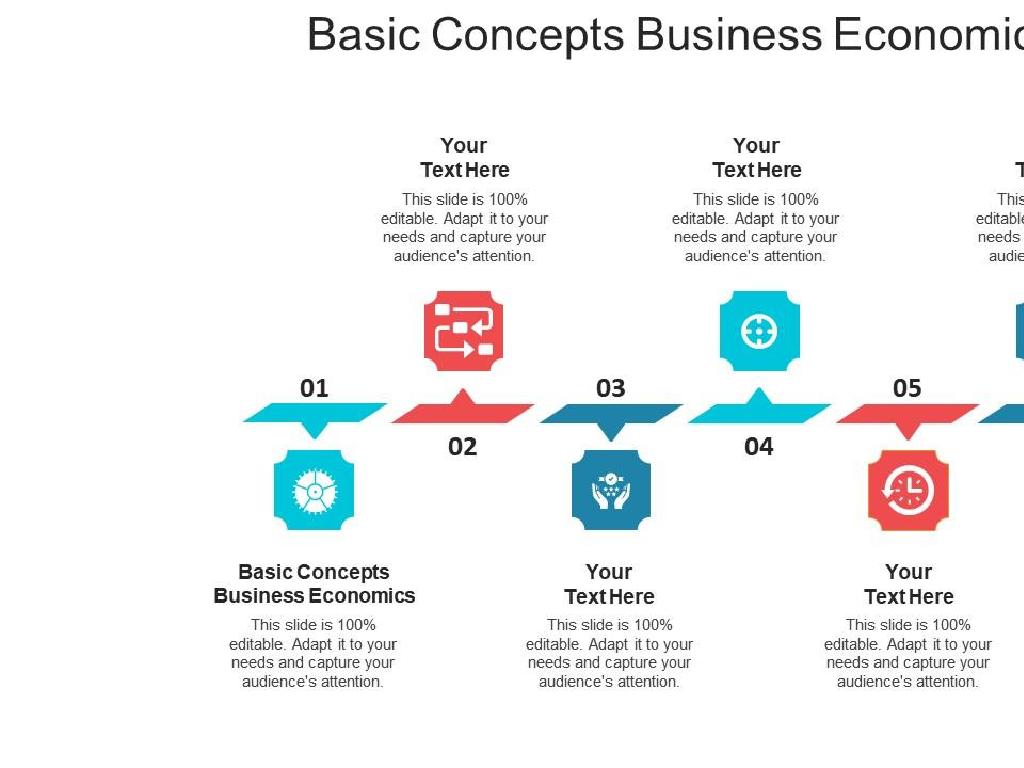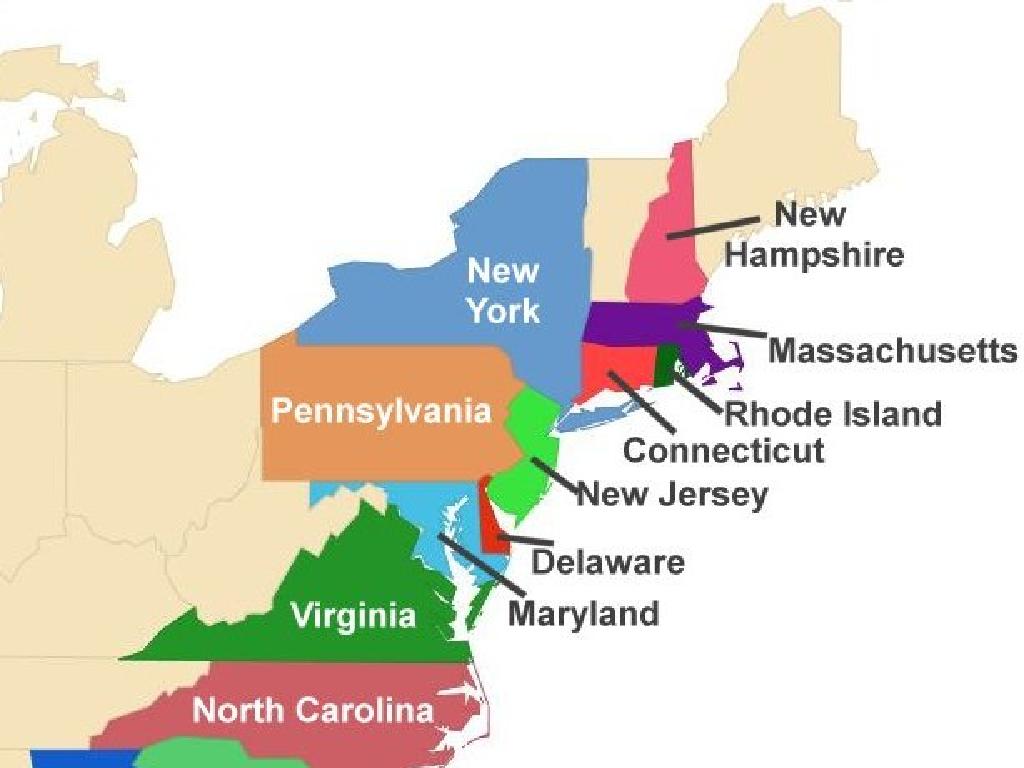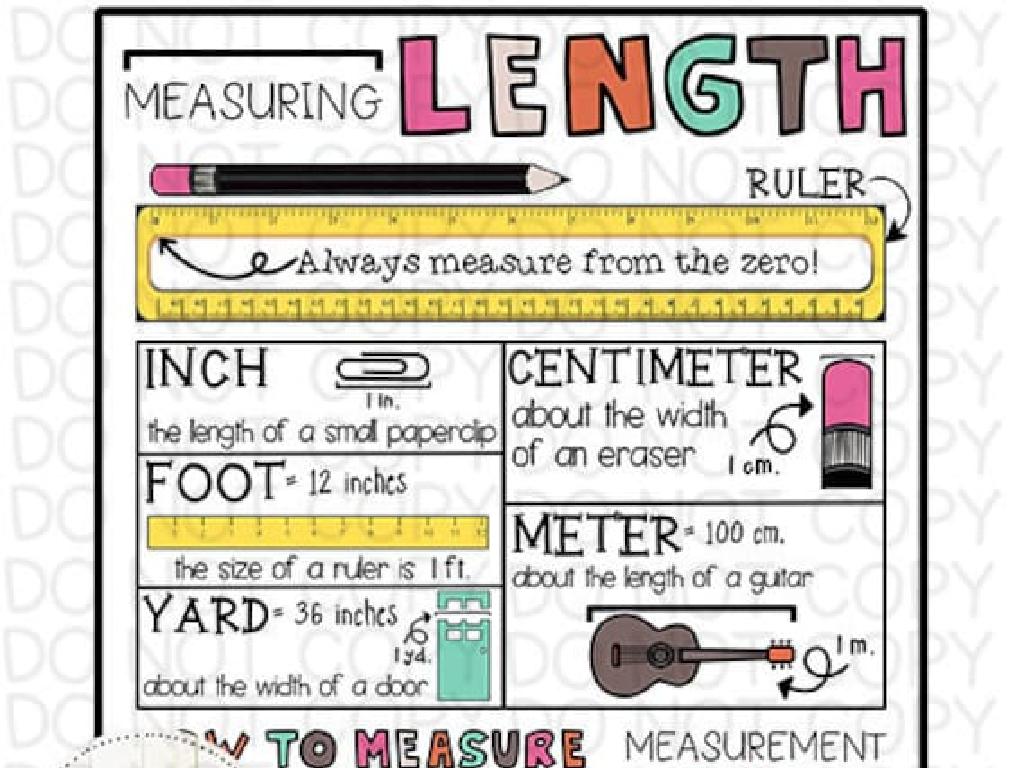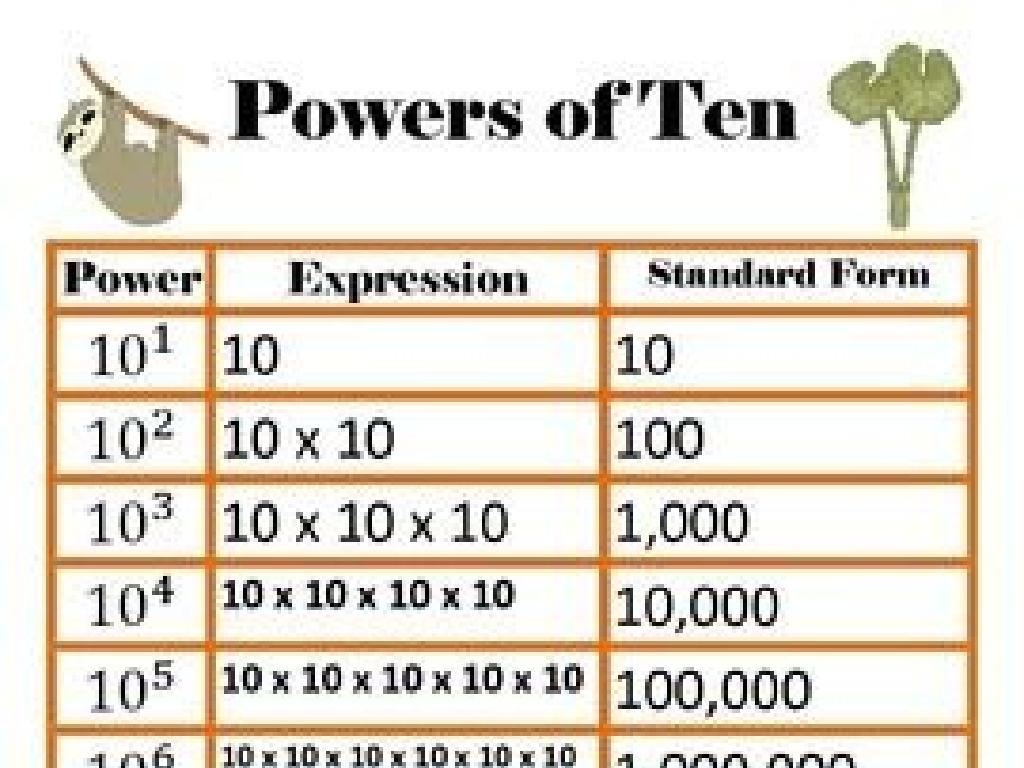Rounding Puzzles
Subject: Math
Grade: Fourth grade
Topic: Rounding
Please LOG IN to download the presentation. Access is available to registered users only.
View More Content
Welcome to Rounding!
– Grasping the rounding concept
– Rounding means approximating a number to its nearest place value.
– Rounding in daily life
– Helps estimate costs, time, and measurements quickly.
– Today’s goal: nearest ten
– Learn to round numbers like 34 or 67 to the closest ten.
– Today’s goal: nearest hundred
– Practice rounding numbers like 150 or 325 to the nearest hundred.
|
This slide introduces students to the concept of rounding, emphasizing its practicality in everyday situations such as estimating time, distance, or money. Begin by explaining that rounding is a way to simplify numbers to make them easier to work with. Illustrate with examples how rounding is used in real life, like when you round the total cost of groceries or estimate the time it will take to travel somewhere. The main objectives for today’s lesson are to learn how to round numbers to the nearest ten and to the nearest hundred. Use number lines and visual aids to help students understand the concept of rounding up and down. Encourage participation by asking students to provide examples of numbers they would like to round.
Understanding Rounding
– Rounding makes numbers simpler
– Keeps value close to the original
– Results are less accurate, easier to use
– Example: 73 rounds to 70
– If 73 is rounded down to 70, it’s easier to work with but still close in value.
|
Rounding is a fundamental concept in mathematics that simplifies numbers while maintaining a value that is close to the original number. It’s particularly useful for making quick estimates and for working with large numbers. When teaching rounding, emphasize that the rounded number is not the exact original value but is sufficiently close for many practical purposes. Use everyday examples, such as estimating costs or distances, to illustrate the usefulness of rounding. For instance, if something costs $73 and we round to the nearest ten, we might estimate the cost as $70 for quicker calculations. Encourage students to practice with different numbers and to round to various place values to gain confidence in this skill.
When to Round Numbers
– Estimate costs when shopping
– Round to the nearest dollar to budget
– Approximate travel distances
– Round miles to nearest ten while traveling
– Simplify numbers for quick math
– Use rounding for faster addition or subtraction
– Practice rounding with puzzles
|
This slide introduces students to practical applications of rounding numbers in everyday life. When shopping, rounding up prices to the nearest dollar can help with quick budgeting. During travel, estimating distances by rounding to the nearest ten miles simplifies planning. Simplifying numbers through rounding aids in performing quick mental calculations. Incorporate rounding puzzles as a fun activity to reinforce these concepts. For the activity, provide various scenarios where students must round numbers to estimate costs, distances, or simplify calculations. Encourage them to explain their thought process and how rounding made the task easier.
Rounding to the Nearest Ten
– Check the ones place digit
– 5 or more, round up
– If ones place is 5,6,7,8,9, go to next ten
– 4 or less, round down
– If ones place is 0,1,2,3,4, stay at current ten
– Practice with 84
– What’s 84 rounded to the nearest ten?
|
This slide introduces students to the concept of rounding numbers to the nearest ten. Start by explaining the importance of the ones place in determining how to round a number. Emphasize the rule of 5 or more to round up to the next ten, and 4 or less to round down, staying at the current ten. Use the example of rounding 84 to the nearest ten to illustrate the concept. Ask students to identify the ones place digit (4), and based on the rule, determine that 84 rounds down to 80. Encourage students to practice with more examples and explain that rounding helps to simplify numbers, making them easier to work with in various math problems.
Rounding to the Nearest Hundred
– How to round numbers
– Check the tens digit
– Look at the number in the tens place
– 50 or more, round up
– Example: 250 becomes 300
– 49 or less, round down
– Example: 449 becomes 400
|
This slide introduces students to the concept of rounding numbers to the nearest hundred. Emphasize the importance of the tens place in determining whether to round up or down. For numbers with a tens digit of 5 or greater, we round up to the next hundred. If the tens digit is 4 or less, we round down to the previous hundred. Use the example provided (164) to show that since the tens digit is 6, we round up to 200. Encourage students to practice with different numbers and provide additional examples if needed. For the class activity, students can work on rounding various numbers to the nearest hundred and share their answers with the class.
Let’s Practice Rounding!
– Round 76 to the nearest ten
– Is 76 closer to 70 or 80?
– Round 157 to the nearest hundred
– Is 157 closer to 100 or 200?
– Share your answers with a partner
– Discuss how you got your answers
|
This slide is designed to engage students in a hands-on rounding activity. Start by explaining that rounding numbers helps us to estimate or simplify numbers. For the first task, guide students to understand that 76 is closer to 80 than to 70, so it rounds up to 80. For the second task, explain that 157 is closer to 200 than to 100, so it rounds up to 200. Encourage students to explain their thought process to their partners, fostering peer learning. Provide additional examples if time permits and ensure that students are comfortable with the concept of rounding to the nearest ten and hundred.
Group Activity: Rounding Puzzles
– Work together to solve puzzles
– Round numbers to nearest ten
– If a number ends in 1-4, round down. Ends in 5-9, round up.
– Round numbers to nearest hundred
– Look at the tens digit. Apply the same rule as rounding to ten.
– Discuss your rounding strategies
– Share how you decided to round each number.
|
This slide introduces a group activity focused on rounding puzzles. Students will be divided into small groups and given a set of puzzles where they need to round numbers to the nearest ten and hundred. The activity is designed to encourage collaboration and discussion among students, allowing them to share and learn different strategies for rounding. Teachers should monitor the groups, provide guidance, and ensure that each student participates in the discussion. Possible variations of the activity could include puzzles with different levels of difficulty, timed challenges, or incorporating a competitive element where groups present their solutions to the class.
Class Activity: Rounding Relay!
– Form teams for the relay
– Each team receives a puzzle
– A fun rounding puzzle for each team
– Solve and round to win points
– First team to answer correctly earns a point
– Ready, set, round!
|
This activity is designed to make learning about rounding numbers interactive and fun. Divide the class into small teams and have them line up at a designated ‘start line’ in the classroom. Provide each team with a unique rounding puzzle that they must solve together. The puzzles should involve rounding numbers to the nearest ten, hundred, or other specified place value. Once a team believes they have the correct answer, they present it to the teacher. If correct, they earn a point for their team. The activity continues with additional puzzles, keeping the energy high and the competition friendly. Possible variations include puzzles of increasing difficulty, timed rounds, or a ‘relay’ where students take turns solving different parts of a larger puzzle. The goal is to reinforce the concept of rounding while promoting teamwork and problem-solving skills.
Rounding: Conclusion & Reflection
– Key takeaways on rounding
– We learned how to round numbers to the nearest ten and hundred.
– Significance of rounding skills
– Rounding simplifies numbers, making calculations easier.
– Rounding in everyday scenarios
– Estimating costs and time, budgeting, and making quick decisions.
– Reflect on today’s learning
|
Today’s lesson focused on the concept of rounding numbers, a fundamental skill in mathematics that aids in simplifying complex calculations. We discussed how rounding to the nearest ten or hundred can help in various situations, such as estimating costs while shopping, budgeting, or even when we need to make quick decisions about time or distances. It’s important for students to understand that rounding is not just a math skill but a practical tool they can use outside of the classroom. Encourage students to think of other scenarios where rounding might be useful and to reflect on how their understanding of rounding has improved after today’s lesson.






